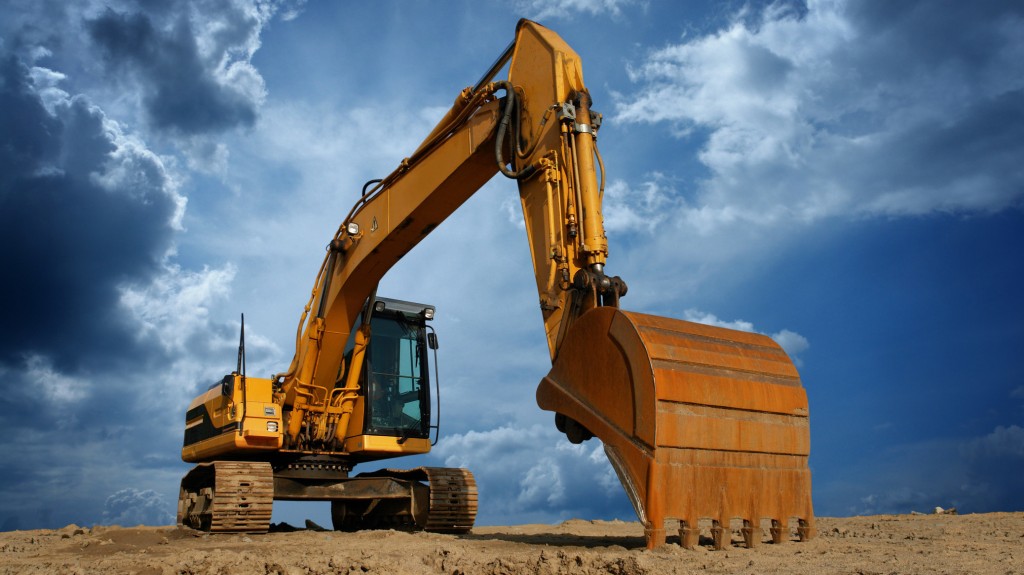
Renting heavy machinery has become increasingly popular in the construction and mining industries with many companies now opting to rent instead of purchase equipment. In fact, market analysts predict that the heavy equipment rental industry is set to grow by 11 percent over the next three years as construction companies look for ways to improve efficiency.
However, while heavy equipment rental providers have a duty to ensure that machinery is properly maintained and fit for purpose, they should also ensure that equipment can meet their customer's safety needs both on and off-site.
Corey Heniser works for Brigade Electronics INC - a market-leading provider of safety devices and solutions for commercial vehicles and machinery.
"Construction is one of the most dangerous industries in the world so site safety is absolutely critical to preventing deaths and injuries. This includes alleviating any risks that could be caused by machinery and vehicles," said Heniser.
Some of the most common causes of injuries on site include:
- Being struck by a moving vehicle
- Ground workers getting trapped between a machine and fixed structure
- Pedestrians being struck by moving parts, such as excavator buckets
"Commercial vehicle safety systems, such as 360-degree cameras, warning alarms, and radar obstacle detection, are all ways to improve safety and control the risks associated with operating heavy machinery in difficult conditions," said Heniser.
Heniser has provided a guide for heavy equipment rental providers, recommending essential safety devices for the most common types of plant rental machinery, including excavators, loaders, dozers, and dump trucks.
Camera monitor systems
All vehicles have blind spots - areas around the vehicle that are obscured by bodywork, load, or attachments. When maneuvering, these blind spots present a significant danger to anything or anyone in the vehicle's path and inhibit the driver's ability to operate the vehicle safely.
While mirrors and single-view cameras help to address blind spots, they do not eliminate them completely. Research shows that in the time it takes to scan four mirrors/monitor, asses and then react to hazards, even at speeds as low as 3mph, a vehicle can travel as far as 33 feet. However, 360-degree camera monitor systems can solve this problem.
The four-camera technology is designed to eliminate vehicle blind spots and assist safe maneuvering in challenging situations by providing the driver with a complete 360-degree view of their vehicle in a single image. The system combines images from four ultra-wide-angle cameras, providing a real-time view on the operator's monitor. The result is a 'bird's-eye-view' of the vehicle and surrounding area.
Back up and warning alarms
Rear blind spots are a huge problem, with back up incidents accounting for a quarter of deaths in the workplace. Back up alarms provide an audible warning for anyone in a vehicle or machine's path when it is backing.
While 'beep beep' back up alarms are still widely used across the globe, multi-frequency alarms using broadband technology are considered to be much safer due to their locatable 'ssh-ssh' sound that not only eliminates noise complaints but more importantly is far quicker for pedestrians and ground workers to pinpoint, particularly when wearing hearing protection or when working in difficult and noisy conditions.
Radar obstacle detection
Industries such as mining, quarrying, and construction regularly operate in harsh terrains and difficult conditions, such as fog, dust, and darkness, which further decreases visibility for drivers of plant machinery. Radar obstacle detection can detect stationary and moving objects, even in the toughest conditions, providing operators with in-cab visual and audible warnings and immediately alerting them to potential hazards.
Mobile digital recorders
Mobile digital recorders are playing an important role to improve safety and security. They provide irrefutable evidence in the event of an incident or false insurance claims and help protect drivers from false accusations and to improve operator performance.
Incidents involving vehicles can be extremely time consuming and costly to resolve. A lack of solid evidence can often mean companies accept liability or operators are unfairly blamed, leading to increased costs for businesses and stress for operators. Vehicle-mounted cameras capture footage, providing an accurate account of events and important proof in the event of a dispute.



